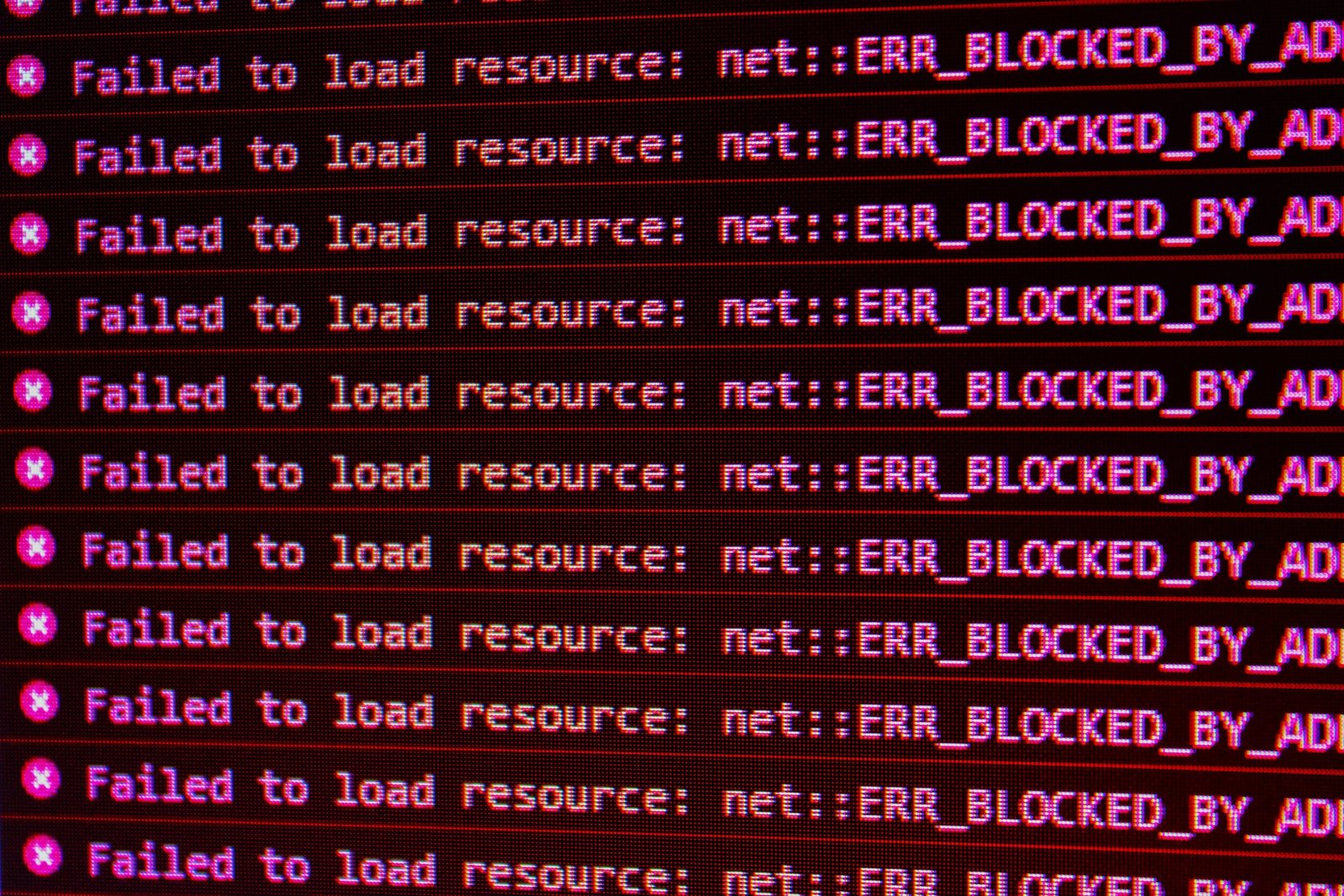Introduction: Errors are a common occurrence when working with Apple’s Cocoa framework. One such error is the “Could Not Find the Specified Shortcut” error, which falls under the NSCocoaErrorDomain and is identified by error code 4. This article will delve deeper into the causes behind this error and provide comprehensive troubleshooting steps to help you resolve it effectively.
Section 1:
Understanding NSCocoaErrorDomain
The NSCocoaErrorDomain (errordomain=nscocoaerrordomain&errormessage=could not find the specified shortcut.&errorcode=4) is an error domain specific to the Cocoa framework. It serves as a container for various error codes related to Cocoa technologies, aiding developers in identifying and resolving specific issues more easily.
Section 2:
Decoding the Error Message
The error message “Could Not Find the Specified Shortcut” signifies that a requested shortcut could not be found. This error typically occurs when attempting to access or perform an operation involving a shortcut that is either missing or no longer available within the system.
Section 3:
Potential Causes of the Error
- Deleted or Renamed Shortcut: This is the most common cause. It occurs when a shortcut referenced in your code has been either intentionally or inadvertently deleted or renamed by the user or programmatically.
- App Update or System Changes: Upgrading your application or the underlying operating system can introduce changes that render certain shortcuts inaccessible. This may result from modifications to the underlying framework or alterations in the way shortcuts are managed.
- Corrupted or Incompatible Data: If the shortcut is associated with specific data, such as a file or resource, corruption or incompatibility issues with that data can trigger the error. This could be caused by data corruption, changes in file formats, or other related issues.
Effective Troubleshooting Steps
- Verify Shortcut Availability: Begin by confirming whether the shortcut referenced in your code exists and has not been deleted or renamed. Ensure that the correct identifier or path is being used to locate the shortcut.
- Handle Missing Shortcut Gracefully: Implement appropriate error handling mechanisms to gracefully handle situations where the shortcut is not available. Instead of causing a crash or abrupt termination, provide informative error messages to users, guiding them on alternative actions or suggesting creating a new shortcut.
- Update Code and Resources: If your application relies on specific shortcuts, ensure that your code and resources are up to date with the latest changes introduced in newer versions of the operating system or your application. This will help maintain compatibility and prevent errors arising from inconsistencies.
- Validate Data Integrity: If the shortcut is associated with data, validate the integrity of that data. Perform necessary checks to ensure the data is not corrupted and is compatible with the current environment. Consider implementing fallback options or alternate pathways if the data is found to be problematic.
- Provide Clear User Instructions: If your application allows users to create or manage shortcuts, provide clear instructions within the user interface to help them avoid scenarios that may lead to the error. Educate users on best practices for creating and maintaining shortcuts, minimizing the likelihood of encountering this error.
Section 5:
Handling Error Code 4
Error code 4 (errordomain=nscocoaerrordomain&errormessage=could not find the specified shortcut.&errorcode=4) is specific to the “Could Not Find the Specified Shortcut” error. As a developer, you can utilize this error code to customize error handling and provide more targeted troubleshooting steps based on the specific cause behind the error. By identifying the cause, you can offer more precise solutions to address the issue effectively.
Conclusion:
Encountering the “Could Not Find the Specified Shortcut” error within the NSCocoaErrorDomain can be frustrating, but armed with a deeper understanding of its causes and comprehensive troubleshooting steps, developers can effectively resolve this issue. By implementing proper error handling techniques and following the suggested troubleshooting steps, you can solve this error.













